Beshbarmak: Basic Information
Pronunciation
/beh-sh-bar-mahk/
Alternative Name(s)
Dish Type
Course
Mealtime
Popular Variations
Beshbarmak: Ingredients and Preparation
Main Ingredients
Main Cooking Method
Preparation Process
Beshbarmak: A Deep Dive
Cultural Significance
Taste
Texture
Aroma
Color
Serving Style
Serving Temperature
Accompaniment
Occasions
Seasons
Special Diets
Calories
Popularity
Popular Similar Dishes
- Laghman
- Kesme
- Ahlan Fu
Popular Dining Area
Beshbarmak is a famous dish in many Central Asian countries, especially in Kazakhstan and Kyrgyzstan. Beshbarmak is the national dish of those two countries.
Beshbarmak is also well-known in Tajikistan, Xinjiang (China), and the republics of Bashkortostan and Tatarstan in Russia.
Beshbarmak features boiled meat, pasta-like egg noodles, and chyk (onions cooked in meat broth). The noodles are also cooked in the broth.
The name beshbarmak means “five fingers,” referring to the local practice of eating the boiled meat and noodle dish with one’s hands. Locals often serve beshbarmak on a dastarkhan (a tablecloth spread on the floor or a low table).
Read on to discover the intriguing facts about this Central Asian delicacy, such as its origin, main ingredients, and serving practices. You will also learn about the pros and cons of consuming beshbarmak, the answers to common questions about it, and similar dishes.
Key Points
Beshbarmak Images
What Is the Origin of Beshbarmak?
Beshbarmak originated in the nomadic tradition of Central Asia. Historically, local inhabitants were on the move all the time, so their cattle became a significant source of food.
Beshbarmak is also tailor-made for eating with hands, a popular way of serving foods in the region. Besides meat, beshbarmak features other ingredients popular in local cuisine, such as noodles and onions.
What Is Beshbarmak Made of?
Beshbarmak usually contains the following 4 types of ingredients:
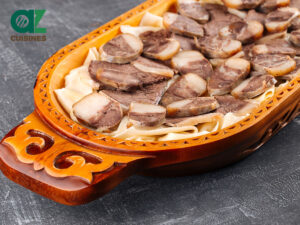
Meat
Lamb or horse meat

Noodles
Square-shaped egg noodles
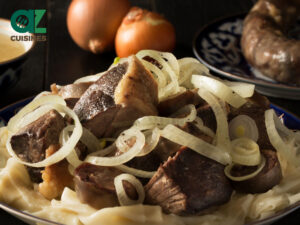
Chyk
Onions cooked in meat broth
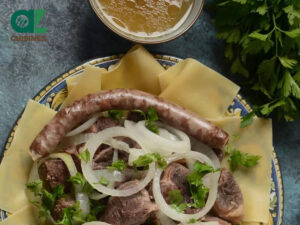
Extra Ingredients
Central Asian sausages: kazy and chuchuk
Meat: Beef
Vegetables: Potatoes, carrots, herbs, etc.
Beshbarmak served on festive occasions or prepared in modern ways usually features additional ingredients. However, many locals still prefer to serve beshbarmak the traditional way.
How to Serve Beshbarmak the Traditional Way?
The traditional manner of serving beshbarmak depends on the following 4 factors:
- Composition: A portion of beshbarmak is made of multiple thin slices of boiled meat and onion rings on a bed of small, square noodle sheets, with the broth served separately.
- Serving style: Beshbarmak is served on a wide platter or tray on a dastarkhan. The consumers share the meat and noodles from this communal plate and eat them by hand. The traditional setting reinforces the ritual element in enjoying beshbarmak, affirming the links with the nomadic traditions.
- Distribution of meat: The choice cuts of the meat, such as those from the head, tailbone, and thigh bones, are reserved for old people and honored guests. Children enjoy the meat on the spine, while the rest usually goes to young adults.
- Serving order: During a multi-meal course, the host normally offers beshbarmak between shorpo (soup). Since beshbarmak is rich and full of protein, the shorpo served afterward is often made with tangy yogurt or fermented milk to aid digestion.
Does beshbarmak sound like a fantastic dish to you? Before trying it, let’s learn about the pros and cons of eating beshbarmak to adjust your expectations better.
Pros and Cons of Eating Beshbarmak
Here are some upsides and downsides of beshbarmak:
Pros
Cons
Overall, beshbarmak is a nutritious dish that offers a deep dive into Central Asian culture; refer to FAQs for more insights.


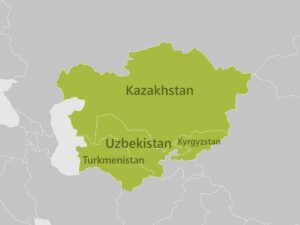

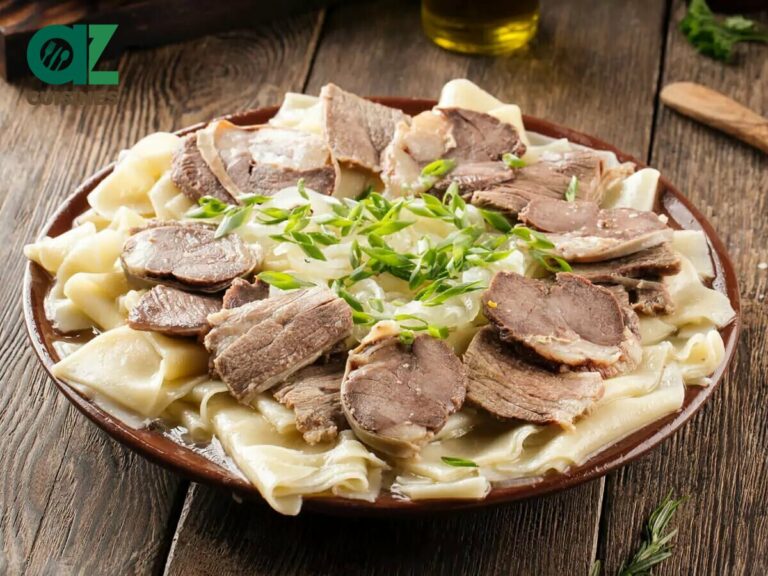
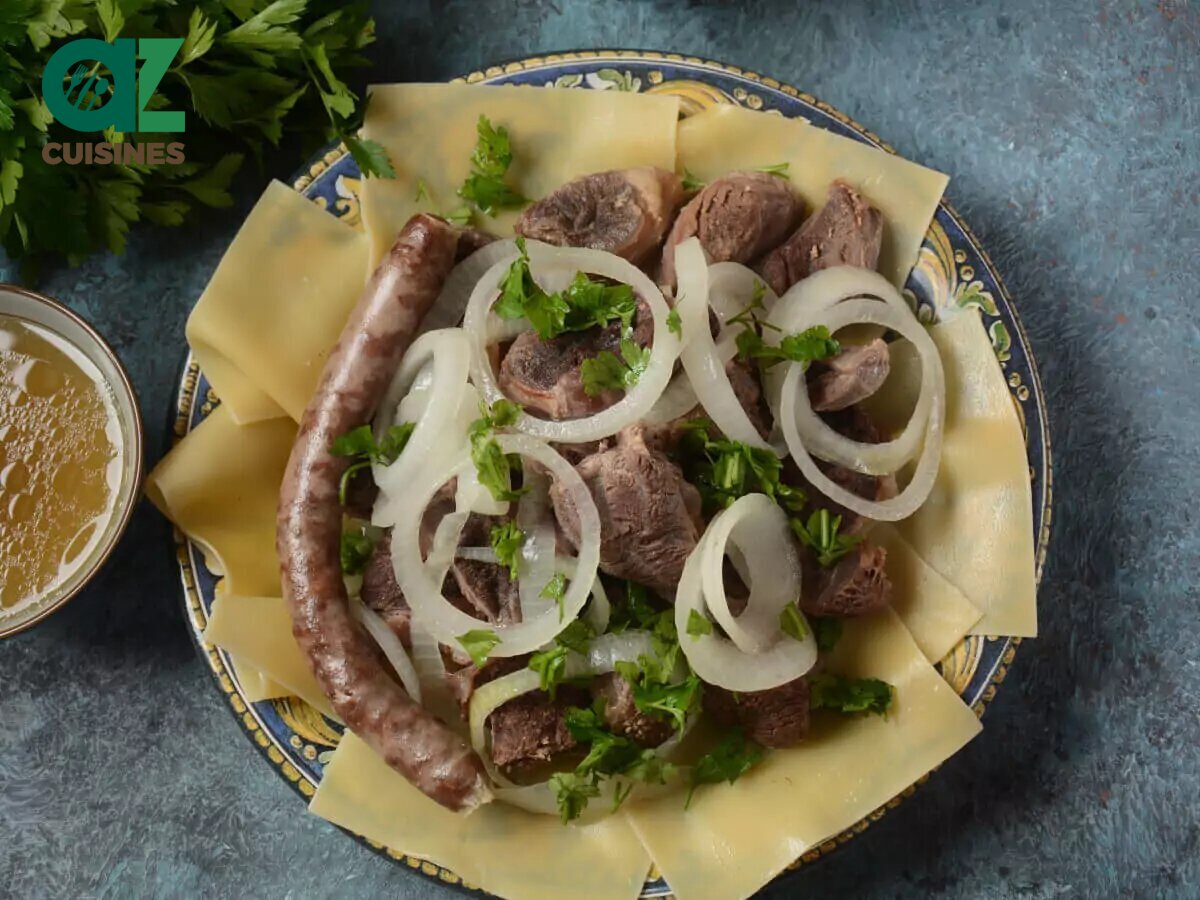

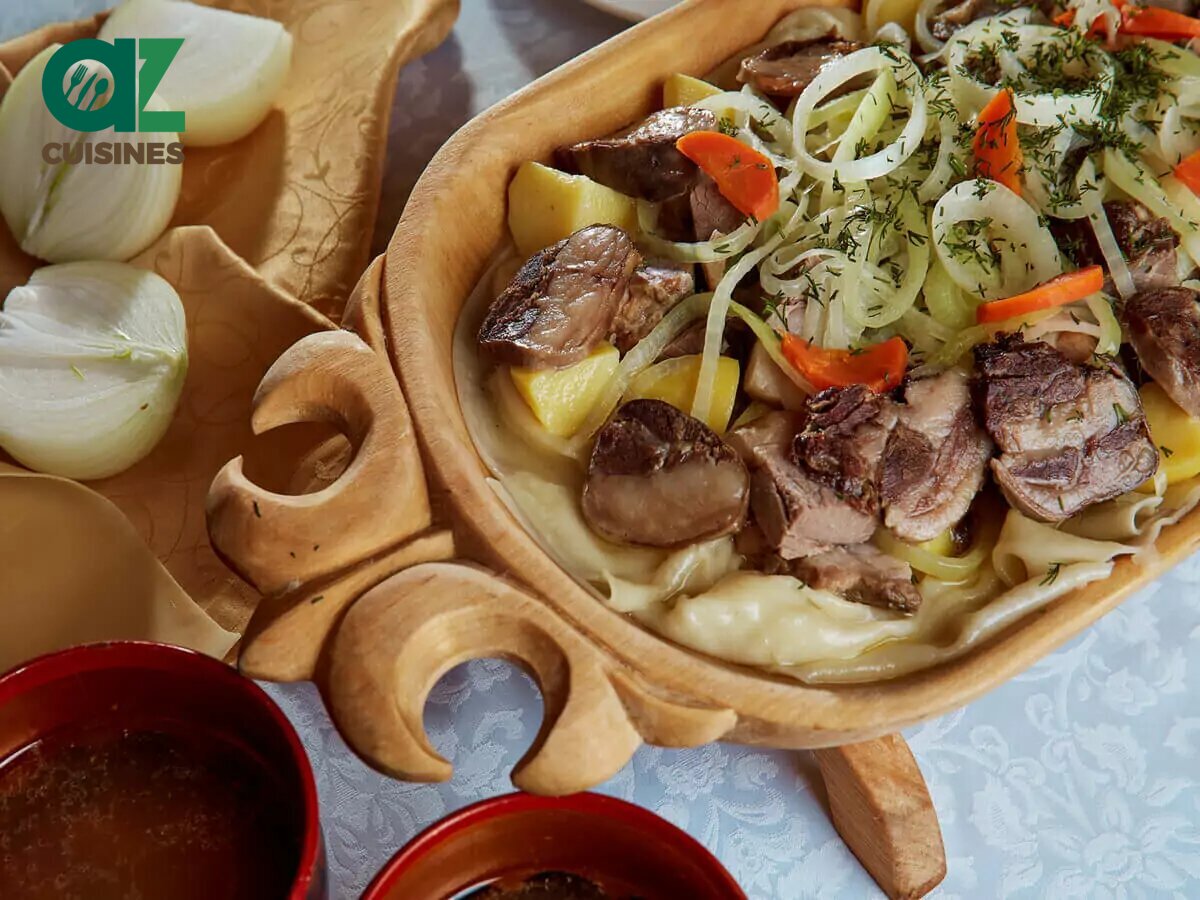
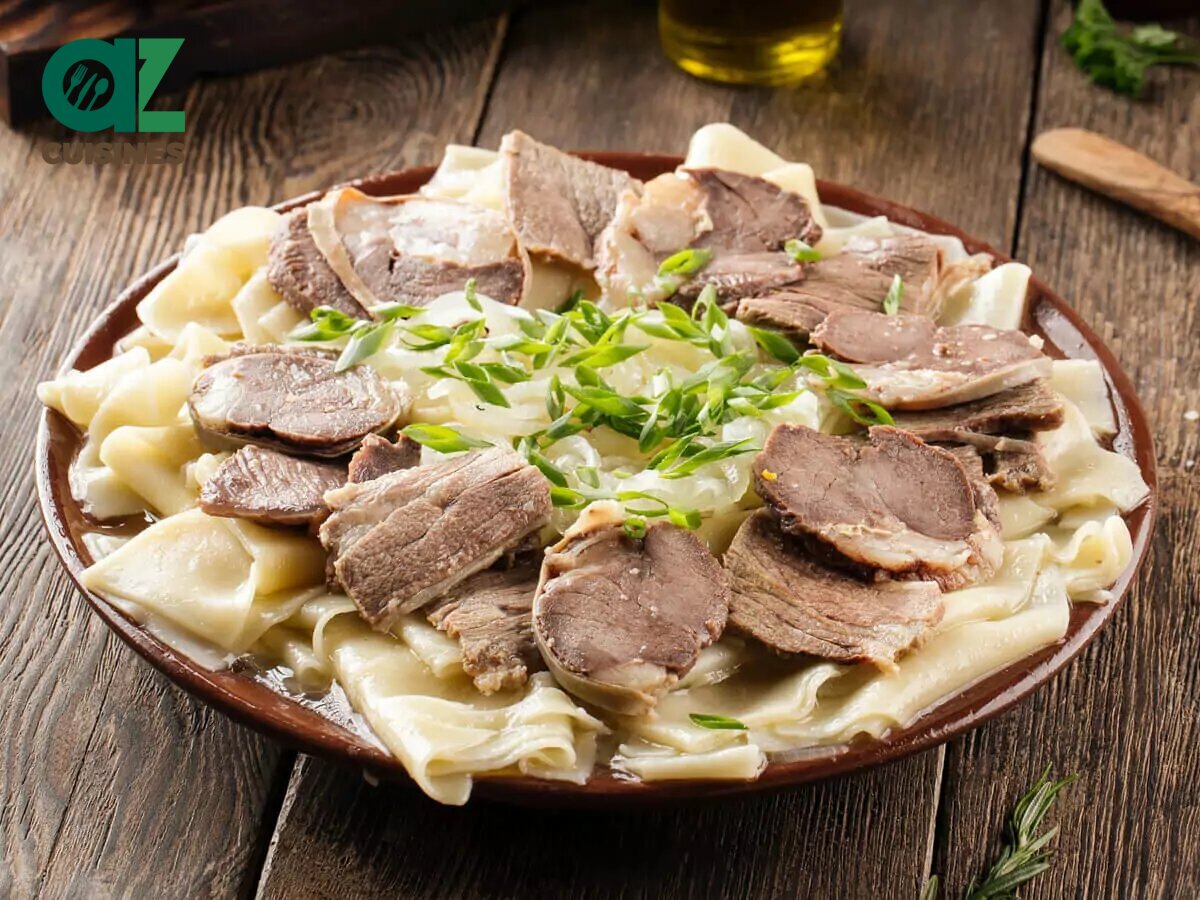
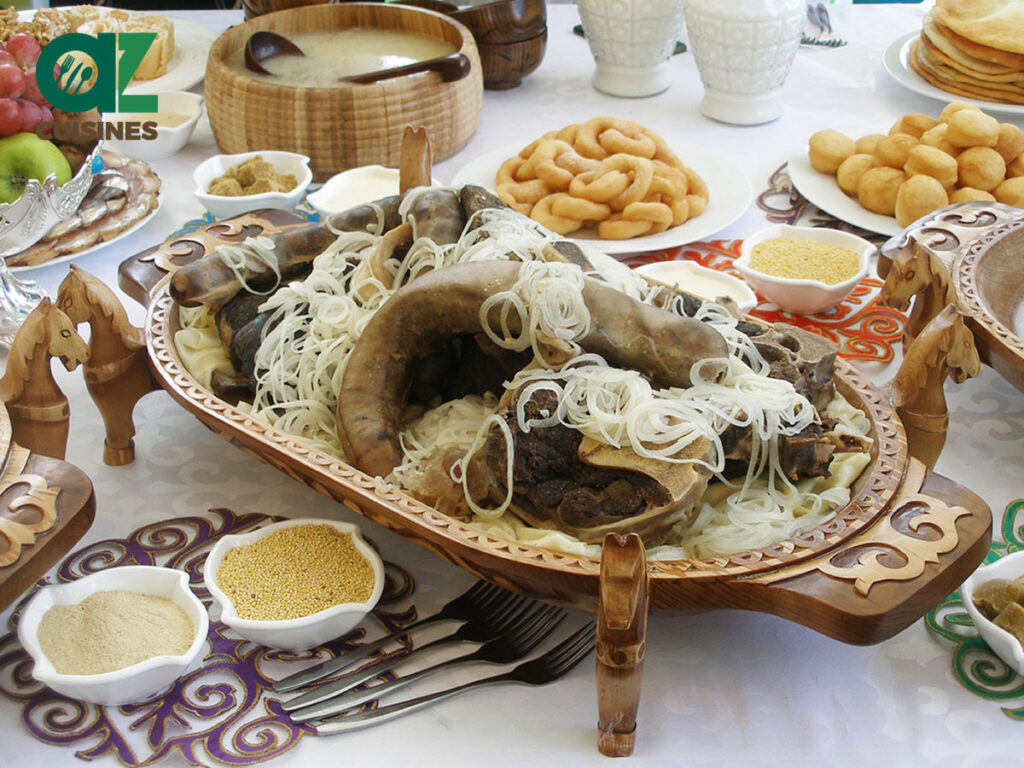
Adam Sam
Senior Food and Drink Editor
Expertise
Food Writer & Recipe Developer, Recipe Tester, Bartender, Cooking-video Maker, Editor In Chief
Education
Adam Sam, an experienced food writer and recipe developer, is passionate about blending diverse culinary traditions, national dishes, and innovative beverages, showcasing his proficiency in both traditional and modern recipe testing.
As the Editor-in-Chief, he elevates culinary content from street food to fine dining, focusing on Western cuisine and types of drinks at azcuisines.com, and is professional in creating engaging cooking videos that simplify complex dishes and ingredients.
His passion for food is evident in his writing, where he uniquely merges various cultures, traditions, and contemporary trends, skillfully combining classic recipes with modern cooking methods.